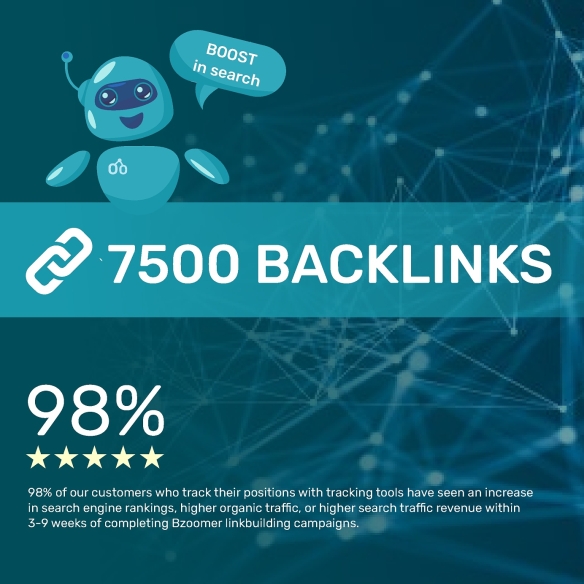Installing artificial grass is a great way to achieve a green, beautiful lawn with minimal effort. However, while it’s low-maintenance compared to natural grass, artificial grass still requires some basic care to keep it looking its best year after year. With a few simple practices, you can maintain its vibrant appearance, prevent damage, and extend its lifespan significantly.
In this guide, we’ll show you exactly how to maintain artificial grass for long-lasting beauty—whether it’s in your garden, patio, play area, or commercial space.
1. Regular Brushing Keeps Fibers Upright
Over time, foot traffic, furniture, or play can flatten the fibers of your artificial grass. Brushing it regularly helps maintain that fresh, upright look.
• Use a stiff broom or a specialized turf rake
• Brush against the grain to lift the fibers
• Focus on high-traffic areas (e.g., pathways or around seating)
Brushing every few weeks is usually enough, but more frequent brushing may be needed in busy areas.
2. Remove Debris Promptly
Leaves, twigs, and dirt can accumulate on your artificial grass, especially in autumn or after windy weather.
• Use a leaf blower or plastic rake to clear the surface
• Avoid using metal rakes, which can damage the turf
• Remove pet waste and rinse the area with water if needed
Keeping your artificial grass clean helps prevent moss, algae, and bacteria buildup.
3. Rinse to Refresh and Clean
Rinsing your artificial grass helps remove dust, pollen, and minor spills.
• Use a standard garden hose
• Rinse every 1–2 weeks or as needed
• For areas with pets, rinse more frequently to neutralize odors
You can also use a mild detergent and warm water for spot-cleaning tougher stains like food, drinks, or mud.
4. Prevent Weed Growth
Although artificial grass includes a weed membrane, some weeds may still grow along the edges or through drainage holes.
• Check for weeds regularly and remove them by hand
• Apply a water-based weed killer if necessary (avoid harsh chemicals)
• Maintain good drainage to reduce weed-friendly conditions
5. Watch Out for Heat and Sharp Objects
Artificial grass is durable, but it’s not indestructible.
• Avoid placing hot items (like BBQs or fire pits) directly on the grass
• Keep sharp tools and heavy furniture from cutting or denting the surface
• If minor damage occurs, repair kits are available or consult your installer
6. Keep Pets and Children Safe
Artificial grass is pet- and kid-friendly, but extra care ensures long-term cleanliness.
• Pick up solid waste immediately and rinse with water
• Use enzyme cleaners for deeper sanitation in areas pets frequently use
• Make brushing part of your cleaning routine if you have active children or dogs
7. Schedule Annual Professional Maintenance (Optional)
If you want to keep your artificial grass in top condition, consider a yearly professional clean and check-up.
• Deep cleaning with turf-safe disinfectants
• Re-brushing and re-sanding (if infill is used)
• Inspection for damage or uneven areas
This isn’t essential, but it can prolong the life and appearance of your lawn.
Why Maintenance Matters
Maintaining your artificial grass ensures that:
• It looks fresh and vibrant for years
• The surface remains hygienic and safe
• You protect your investment and avoid early replacement
Unlike natural grass, it won’t grow weeds, turn brown, or attract pests—making maintenance quick and efficient.
Final Thoughts
Artificial grass is designed to simplify your life, but a little regular care goes a long way. By brushing, rinsing, and keeping the surface clean, your lawn will remain lush, green, and inviting year after year.
If you're considering artificial grass for your garden or want to learn more about caring for your existing installation, visit Yate Artificial Grass for expert advice and premium products.


